The Evolution of the Irish Language Through Folklore: Tracing Linguistic Changes
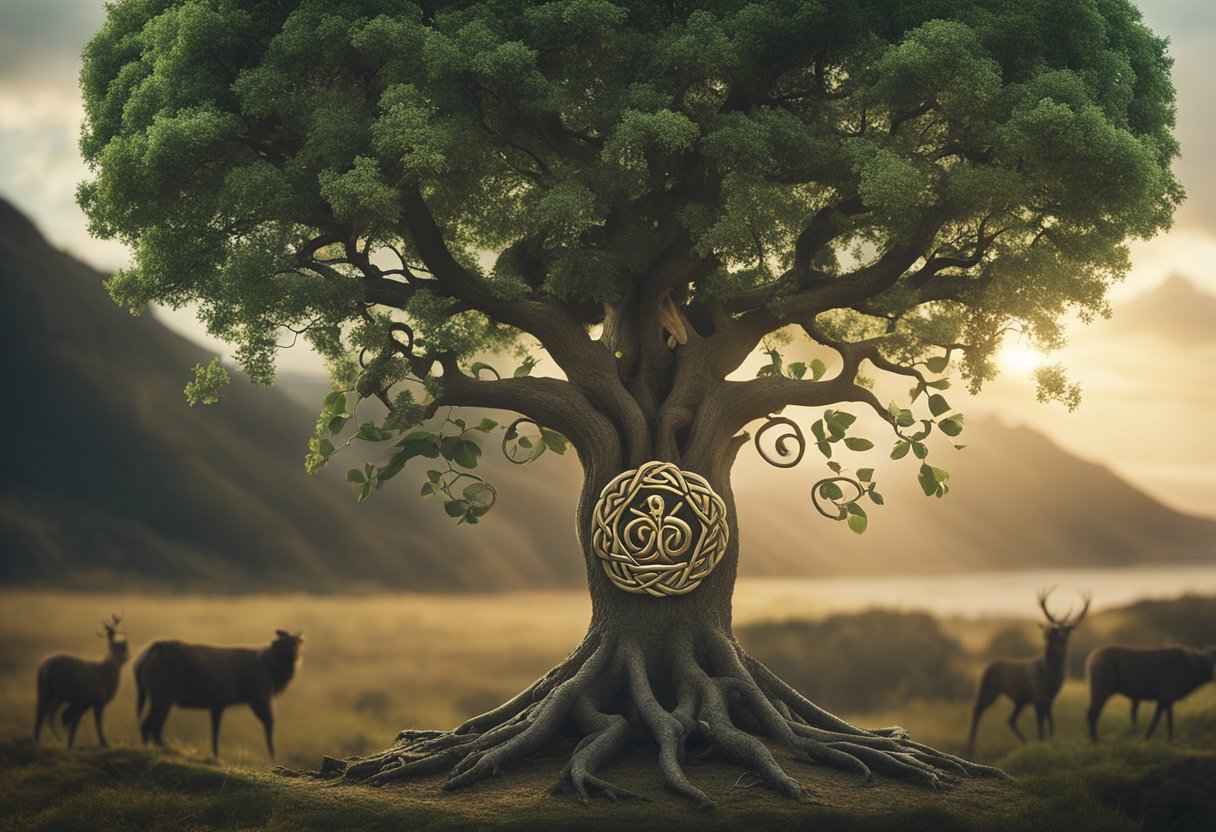
Updated On: April 24, 2024 by Shaimaa Olwan
The Irish language and its folklore are intricately woven, with each element informing and preserving the other through centuries of oral tradition. In Ireland, where the echoes of the past resonate through storytelling, music, and dance, folklore has acted as a vessel for the Irish language, safeguarding its nuances and idiomatic expressions. The preservation of folklore has been paramount to maintaining Ireland’s cultural identity and linguistic heritage. The linguistic threads connecting modern-day speakers to their ancestral roots are captured within the folds of folk tales and myths.

Understanding the connection between folklore and the Irish language offers insights into the evolution of the language itself. Folklore houses a diversity of literary expressions, from the lyrical laments of ancient poets to the subtle wit encapsulated in proverbs. As Ireland navigates the currents of modernisation, folklore remains a steadfast emblem of cultural continuity and linguistic resilience. It’s a testament to the nation’s commitment to honouring and revitalising its indigenous language in the face of global influences.
Table of Contents
Historical Roots of Irish Folklore
Irish folklore‘s origins are deeply entwined with the island’s history, rooted in ancient pagan beliefs and transformed through centuries of spiritual, linguistic, and cultural evolution.
From Paganism to Christianity
Before the Christianisation of Ireland, our storytelling was ingrained with Celtic mythology, with figures like Fionn mac Cumhaill and Cú Chulainn featuring prominently in these tales. The Ulster Cycle, one of our earliest and most significant narrative collections, embodies the essence of pre-Christian Ireland, its societal norms and mythological worldview.
The Influence of Colonisation
With colonisation, particularly from Latin and French influences, Irish literature began to adapt. The language shifted through Old Irish, which spanned the 6th to 10th centuries, into Middle Irish and later Early Modern Irish. These transitions reflected the increasingly complex social and political changes, including the assimilation of foreign cultural elements.
Preservation Through Manuscripts
Dedicated scribes diligently transcribed oral narratives into manuscripts, preserving them alongside ecclesiastical works. We owe our knowledge of many stories to these manuscripts, which safeguarded our linguistic heritage through periods when spoken Irish waned under external pressures. These texts serve as a testament to our resilience and commitment to cultural preservation.
Irish Language and Oral Tradition
In this exploration, we delve into how the Irish language has been shaped and preserved by its oral traditions, with a specific focus on the art of storytelling, the influence of the seanachais, and the dynamics of change and continuity within these practices.
Storytelling as Cultural Transmission
Storytelling is embedded in the fabric of Irish culture, serving as a vessel for transmitting not just tales but also the nuances of the Irish language itself. Key linguistic features and vocabulary are passed down through stories, underscoring the inherent link between oral tradition and language preservation.
The Role of the Seanachai
The seanachai (storytellers) have held a pivotal position as the guardian of Irish heritage. They are the living archive of folklore, their narratives weaving together the threads of history, myth, and the subtleties of the Irish tongue. It is through these raconteurs that the vibrancy of our language has flourished despite the ever-present pressures of anglicisation.
Change and Continuity in Oral Traditions
Irish oral traditions, much like language itself, are not static. They breathe, morph, and adapt, ensuring relevance and resonance across generations. While the role of scribes and literacy has transformed the recording and dissemination of these traditions, the essence of conveying Irish identity and linguistic heritage endures within contemporary storytelling practices.
Folklore and National Identity
In this exploration, we discuss how folklore has proven pivotal in defining Irish national identity, preserving the Irish language, and connecting the global Irish community.
Folklore in Shaping Irish Identity
Through the oral tradition of storytelling, folklore has become a cornerstone of national identity in Ireland. We see it not just as a way to entertain but as a means to convey our society’s values, ethics, and communal bonds. Stories of mythical figures and ancient heroes passed down for generations have cultivated a sense of pride and continuity amongst the Irish people, solidifying an understanding of who we are and how our culture has evolved.
The Gaeltacht and Cultural Preservation
The Gaeltacht regions are living reservoirs of the Irish language and culture. By fostering an environment where Irish is the community language, these areas safeguard a key element of our national identity. In these pockets of Ireland, tradition flourishes, and folklore is as much a part of daily life as the language itself. We recognise the utmost importance of supporting the Gaeltacht in sustaining the vibrancy of our cultural inheritance.
Folklore and the Irish Diaspora
Despite the distance from Ireland, the Irish Diaspora retains a profound connection to the homeland through folklore. Stories and traditions provide a shared identity that resonates globally. Particularly, as communities have spread and settled in new lands, Irish culture has been a binding agent, preserving a sense of community across continents and forming a tapestry of the Irish presence worldwide.
Literature and the Documentation of Folklore
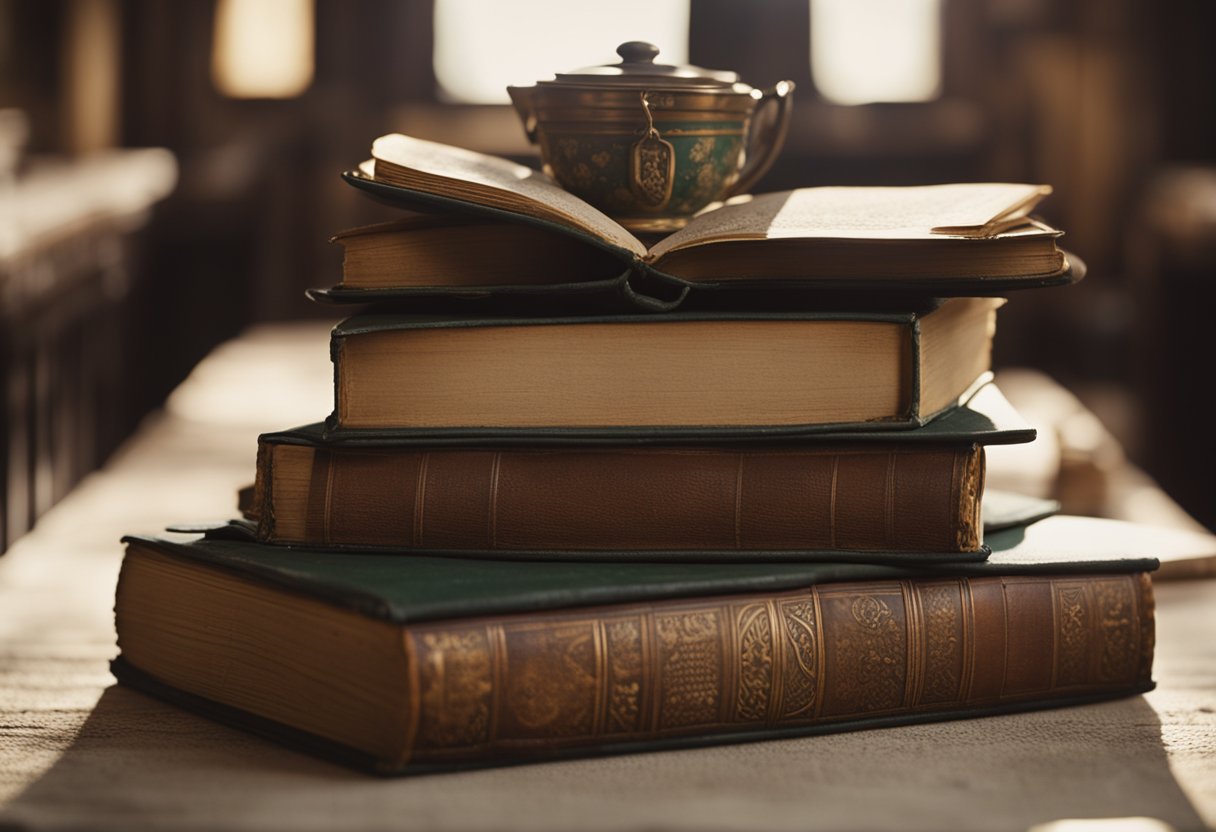
Within the literary world, the documentation of Irish folklore is a pivotal bridge between oral traditions and the written word, solidifying cultural heritage and breathing new life into ancient tales.
The Elevation of Folk Tales in Literature
The intimate weave of lore into Irish literature has been instrumental in elevating folk tales from oral recitation to the printed page. Poets and writers have long drawn from Ireland’s vast well of myth and legend, infusing their works with the motifs and narratives of ancient times. W.B. Yeats and J.M. Synge stand as towering figures whose writings have become synonymous with Irish mythological and folkloric themes.
Key Writers and Collectors of Irish Lore
Our understanding of Irish folklore today owes much to key writers and collectors such as Douglas Hyde. These individuals undertook the monumental task of gathering and transcribing stories directly from the oral tradition bearers. They were not merely writers but also dedicated scholars and folklorists committed to preserving our ethereal heritage in tangible form.
The Establishment of the Irish Folklore Commission
In 1935, the effort to systematically collect and preserve Irish folklore culminated in the formation of the Irish Folklore Commission. Through their diligent work, invaluable resources such as “A Handbook of Irish Folklore” were produced. This organisation secured a wealth of knowledge for posterity and set a standard for scholarly investigation and collection methodologies.
The Spiritual and Superstitious Elements of Folklore
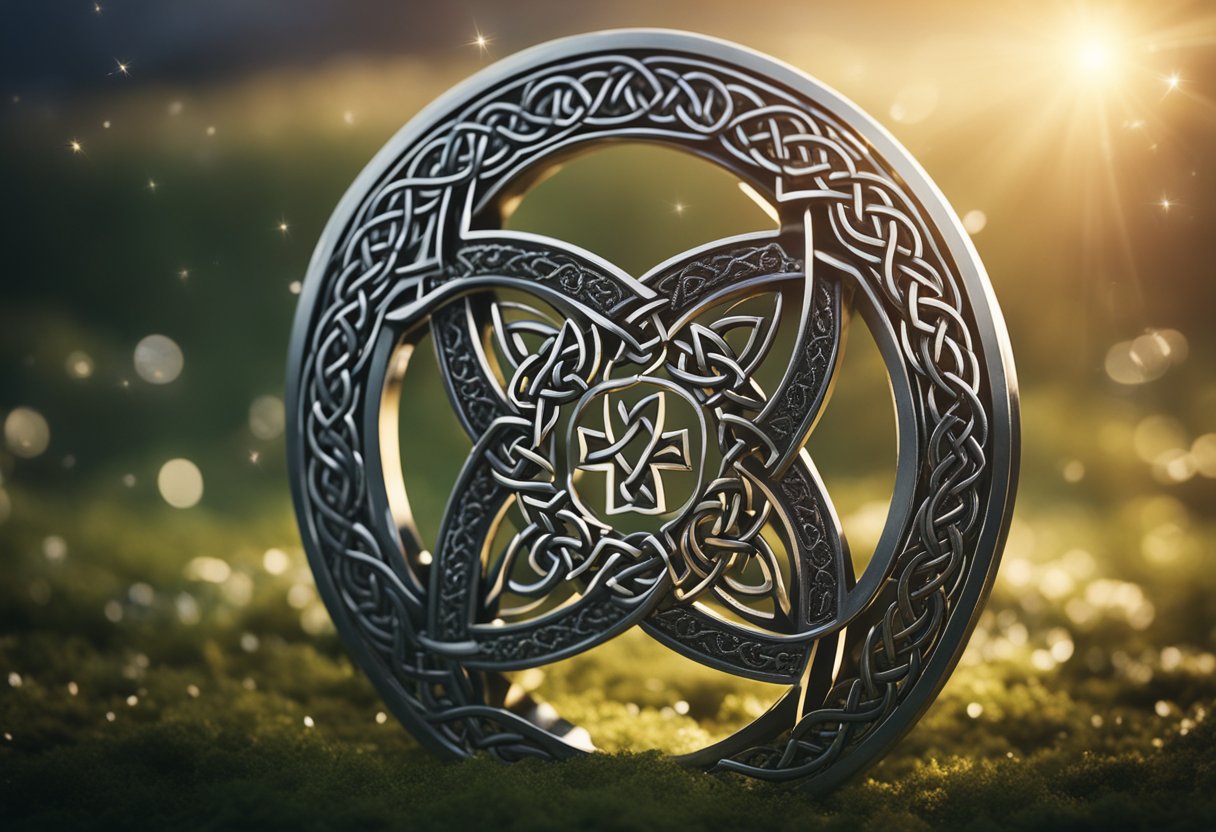
The tapestry of Irish folklore is intricately woven with spiritual and superstitious themes. Here, we explore the ethereal elements that have historically influenced the Irish language and remain a testament to Ireland’s rich cultural heritage.
Fairies, Leprechauns, and Other Ethereal Beings
In the realm of Irish folklore, fairies and leprechauns are amongst the most iconic mythical creatures. Our historical narratives passed down through generations, depict fairies, or the “Aos Sí,” as powerful beings that can bestow both fortune and misfortune upon humans. Notably, leprechauns, often described as solitary cobblers, are famed for their hidden pots of gold and their mischievous nature.
Legends of the Banshee and Otherworldly Entities
The banshee, or “bean sídhe,” is a foreboding spirit from Celtic mythology, recognised by her mournful wail that is believed to predict the death of a family member. Exploring these legends offers insights into the profound sense of respect and caution that our ancestors held towards the otherworld—an unseen realm parallel to our own, populated by a variety of spiritual beings and entities.
Christianity and its Syncretism with Folk Beliefs
Amidst the array of ethereal tales, the overlay of Christianity onto Irish folklore cannot be overlooked. Our scriptures and oral traditions exhibit a remarkable blending of Christian and ancient Celtic beliefs. Saints are revered with an aura of mysticism, and many traditional Celtic celebrations have been interwoven with Christian festivals, demonstrating the syncretism of spiritual beliefs that has shaped both our language and cultural identity.
The Social and Educational Aspects of Folklore
The study of Irish folklore encompasses more than just myths and legends; it is a vital medium through which we understand our social heritage and the educational scaffolding of past generations.
Community Gatherings and Oral Teachings
In the fabric of Irish culture, community gatherings have always been the heart of sharing and preserving folklore. At these events, oral teachings come to life, passing on not just stories but the collective wisdom and moral lessons of our community. From fireside tales to seanchaí recountings, Irish folklore is imbued with a rich tapestry of beliefs and traditions that strengthen our communal bonds and reinforce our cultural identity.
Folklore in the Irish Education System
Within our education system, folklore is an invaluable resource for imparting knowledge about our linguistic roots. By integrating folklore collections into the curriculum, students gain insights into the vernacular language and the subtleties of Irish idiom. Programmes like those initiated by the Irish Folklore Commission, which organized the schools’ collection scheme, are a testament to the role of education in preserving folklore. This not only helps retain the language but also fosters an appreciation for our cultural heritage within our educational practice.
Cultural Expressions Through Music and Dance
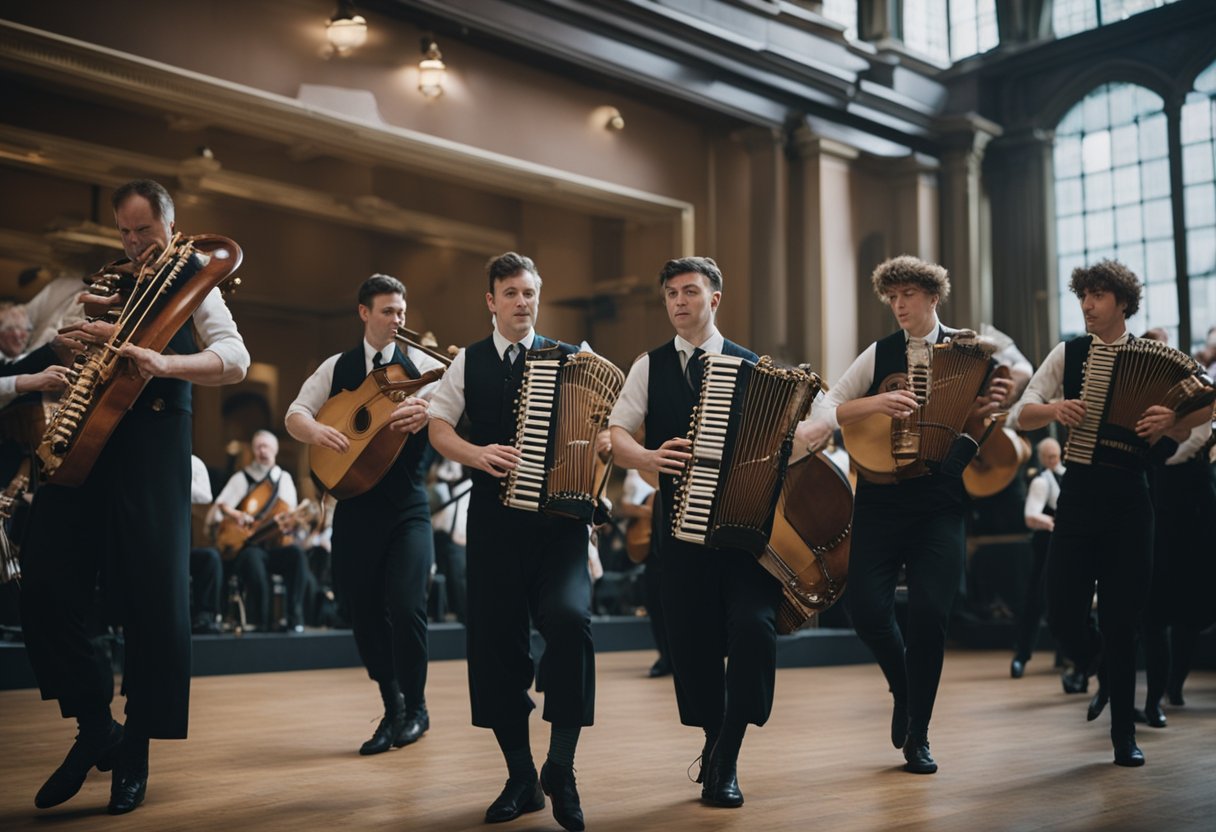
In this section, we explore the rich tapestry of Irish cultural expressions, particularly how music and dance act as powerful mediums for storytelling and celebration.
Folk Music as a Storytelling Medium
Irish folk music has long been a vessel for storytelling, conveying tales of love, loss, and the human experience. Through this oral tradition, much of our history and folklore has been preserved and passed down through the generations. The melody of the Irish harp, the rhythm of the bodhrán, and the timbre of the fiddle all intertwine to narrate stories that have become the heartbeat of our culture. Performances at weddings and communal gatherings often feature these traditional tunes, which resonate with the stories and values of the past.
Traditional Dance and Celebrations
Dance in Ireland is a celebration of life, a cherished component of our weddings, and a communal activity that symbolises our cultural heritage. Irish dance forms like the jig and reel trace their origins back to early folk dance traditions, evolving over centuries but always retaining their vigour and communal spirit. The precise footwork and lively group formations are performances and celebrations of our community’s identity. These dances have been showcased during festive occasions, paying homage to our ancestors while continuing to inspire contemporary interpretations.
Myth, Folktales, and the Modernisation of Folklore
The evolution of Irish folklore is a testament to the dynamic nature of cultural traditions, often seen in how cherished tales have been reimagined for contemporary audiences.
Adapting Traditional Tales for the Present
We see the transformation of traditional Irish stories through an ongoing process of modernisation, a necessary evolution to maintain their relevance. The Children of Lir, an enduring legend of magic and loss, is shared with today’s audiences via various mediums, from animations to storybooks, with updated language and contexts that resonate with modern sensibilities. This transformation ensures that the morals and ideals embedded within these age-old narratives remain accessible and engaging, particularly for younger generations.
Folklore’s Interplay with Modern Irish Society
Folktales once acted as a moral compass for society, with their allegorical nature reflecting the values and ethics of the times. Today, they still hold a mirror up to our modern life, allowing us to reflect on contemporary issues through the lens of ancient wisdom. The modernisation of folklore has kept these practices alive and strengthened the connection between Ireland’s mythic past and its ongoing cultural fabric. The interplay between folklore and everyday life in Ireland demonstrates a culture that is both proudly aware of its heritage and adaptable to the currents of modernity.
Politics and Resistance in Folklore
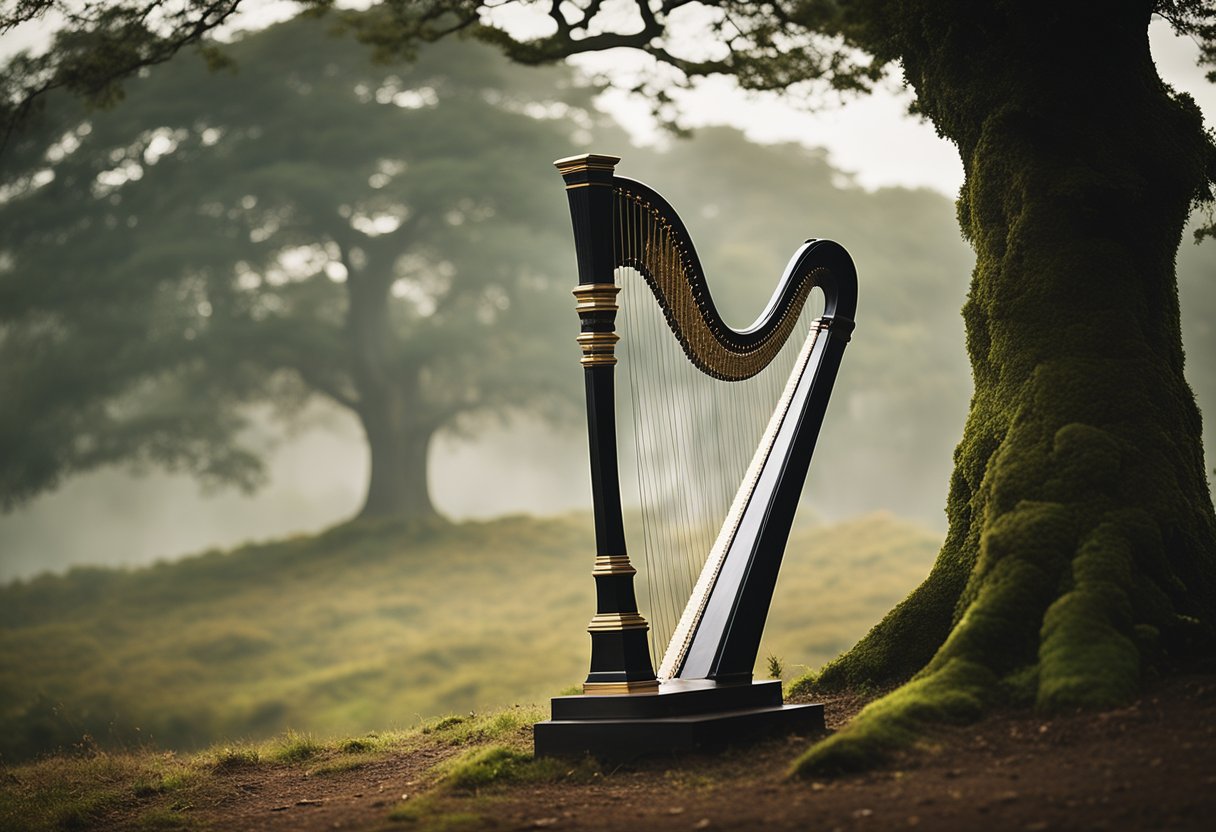
Folklore has long served as a mirror to political sentiments and resistance movements, reflecting the interplay between cultural expression and historical events. This section details how folklore becomes a conduit for political messaging and acts as a form of cultural resistance.
Folklore as a Platform for Political Expression
Irish folklore has often disguised political commentary within its narratives, providing a subtle but powerful means of expressing dissent. During periods of colonisation, mythology and folktales became vessels for encrypted messages of resistance against oppressive rule. These stories, with their adaptability, allowed for the transmission of political ideals in a manner that was less likely to provoke direct censorship or retaliation. For instance, legendary heroes in tales could be interpreted as symbols of national pride or allegories for contemporary political struggles in colonised Ireland.
Cultural Resistance and Exchange
The act of storytelling itself, and the preservation of the Irish language through oral tradition, were forms of cultural defiance in the face of efforts to suppress Irish culture. This resistance was pivotal during significant historical events, such as the era of British domination when the Irish language was under threat. Folklore became a means of preserving a cultural identity intertwined with the Republic of Ireland’s quest for self-determination. Additionally, folklore facilitated a cultural exchange, helping to maintain a sense of community by bringing together disparate groups who shared common narratives, fostering a collective national consciousness resistant to colonisation.
Irish Folklore in a Global Context
Irish folklore has not only been a facet of cultural identity for the Irish people. Still, it has also gained a significant place on the world stage, resonating with audiences beyond Ireland’s shores.
Translations and International Interest
Translations of Irish folklore have played a crucial role in spreading Ireland’s cultural narratives globally. Through academic works, such as those by Diarmuid Ó Giolláin and Bo Almqvist, Irish stories and traditions have been made accessible to a broader audience. Texts and anthologies containing Irish myths and folk tales, often translated into numerous languages, highlight the universal themes found within these narratives, thus garnering attention and appreciation from readers around the world. Scottish Gaelic and Manx traditions, also originating from Celtic roots, share similarities with Irish lore, further fostering interest and comparative studies across these related cultures.
The Global Impact of Irish Myth and Folklore
The impact of Irish myth and folklore is seen not only in academia but also in how it has influenced global storytelling. Characters from Irish mythology, such as Cú Chulainn and Finn MacCool, have become known to the Scottish and Isle of Man audiences, where there are cultural and linguistic ties to Ireland. Materials originating from Irish narratives have found new life in various forms, such as in fantasy literature, film, and popular culture worldwide. These stories, intrinsically tied to Irish history and identity, resonate globally, showcasing Ireland’s rich storytelling tradition and its enduring legacy.
Future Directions for Irish Language and Folklore
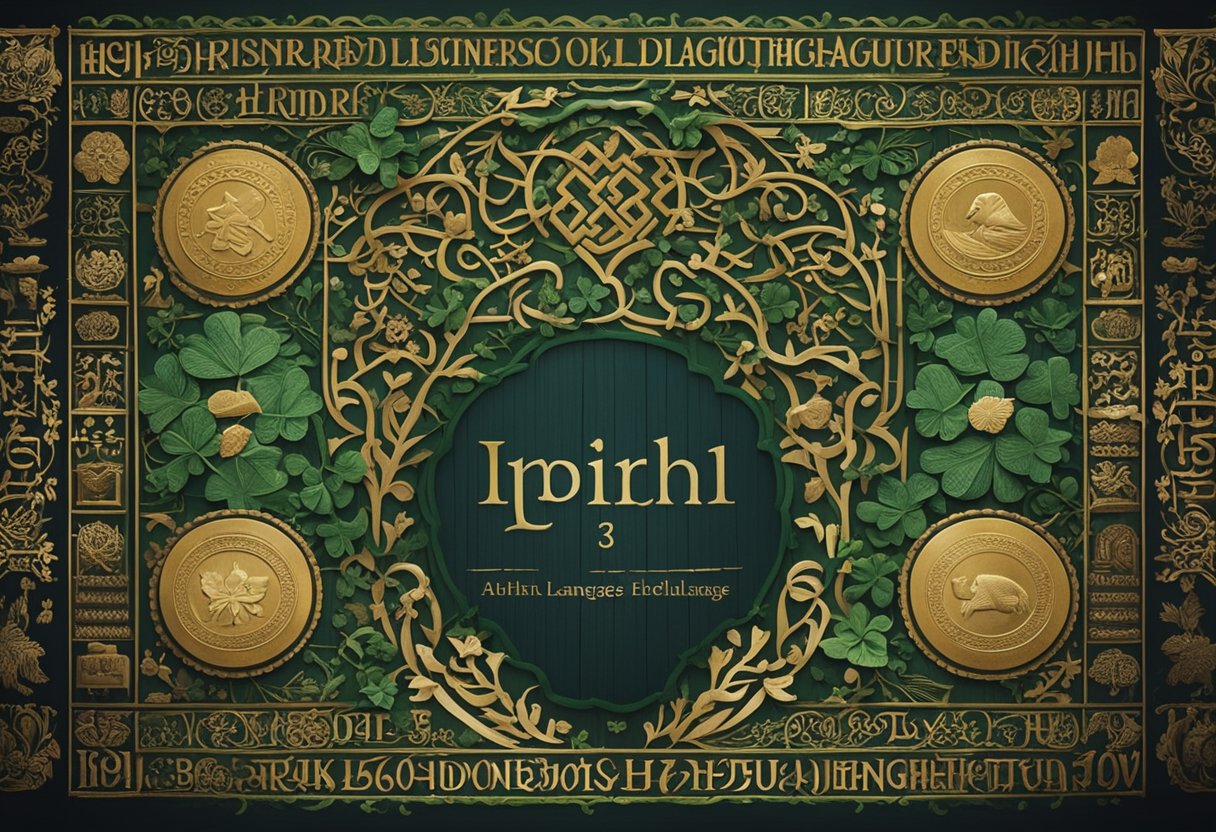
As we look to the future, revitalising the Irish language and digitising folklore are crucial for cultural preservation and reinforcing our cultural identity. These efforts connect deeply with practices, education, Irish centres, and studies within a historical context.
Revival Efforts and Language Reclamation
The Irish language is a vessel of our nation’s heritage and its continued use is a testament to our cultural identity. In recent years, there has been an increase in revival efforts and language reclamation initiatives. Projects are being set up to encourage the everyday use of the language in both educational settings—where children can develop fluency from a young age—and in everyday situations. By bolstering these efforts, we actively participate in preserving and evolving our traditions and practices, ensuring that they remain a living part of our modern society.
Digital Archiving and Access to Folklore
Digital archiving is transforming the accessibility of Irish folklore, broadening its reach to a global audience and paving the way for cultural preservation in the digital age. Initiatives like online repositories and collaborations with Irish centres allow us to present our rich folklore while maintaining its historical context. This approach also supports studies and education by providing a wealth of resources at the click of a button, enabling scholars and the public to engage with our cultural heritage more intimately.
Frequently Asked Questions
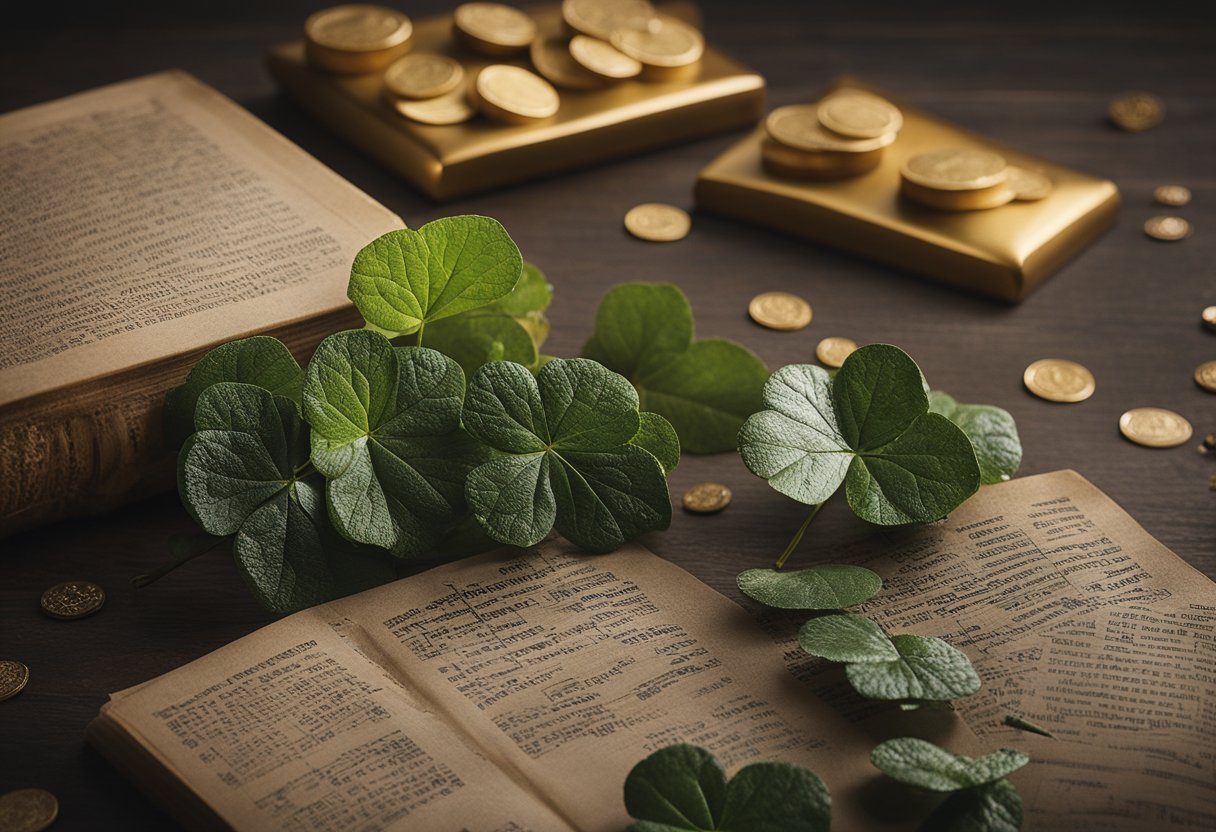
This section addresses some of the most pressing inquiries about the Irish language and how folklore has contributed to its evolution. Drawing upon historical evidence and linguistic studies, we explore the intertwined history of lore and language.
How has folklore influenced the development of the Irish language?
Folklore has been a vessel for carrying the Irish language through generations. Traditional stories and songs have preserved the linguistic structures and vocabulary of the Irish, ensuring their transmission even during linguistic oppression.
What are the origins of the Irish language within Celtic languages?
The Irish language, or Gaeilge, originates from the Celtic languages group, specifically from the branch known as Goidelic or Gaelic. It evolved from Middle Irish, spoken between the 10th and 12th centuries.
How did historical events impact the use of the Irish language?
Historical events, particularly the English colonisation of Ireland, significantly impacted the use of the Irish language. Policies of anglicisation and the Great Famine greatly reduced the number of native speakers.
What role did legislative changes play in the history and revitalisation of the Irish language?
Legislative changes, such as the Official Languages Act 2003, played a crucial role in the revitalisation of the Irish language. Such laws have provided a framework for the language’s usage in public domains and education.
How old is the Irish language, and how has it changed over time?
The Irish language dates back over 2,500 years, belonging to the oldest branch of the Celtic languages. It has undergone considerable transformations in grammar, pronunciation, and orthography throughout its history.
In what ways did the legalisation of the Irish language affect its usage and preservation?
The legalisation of the Irish language has led to increased presence and visibility in media, education, and public services, supporting both its usage and preservation as a crucial aspect of Irish heritage.






